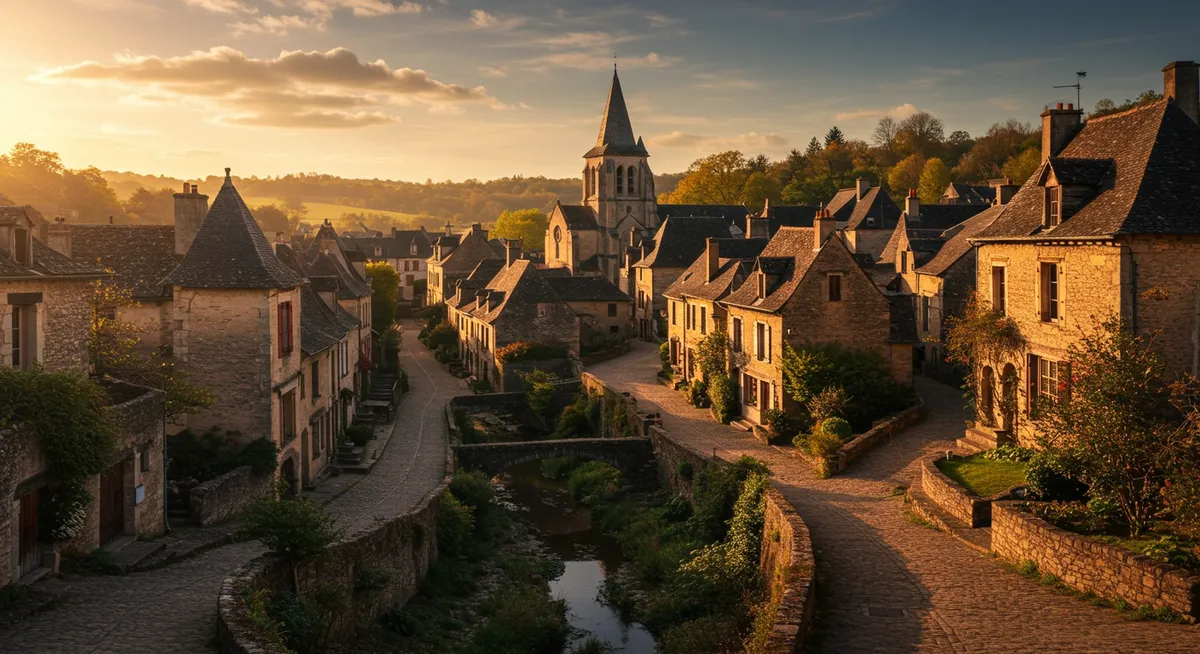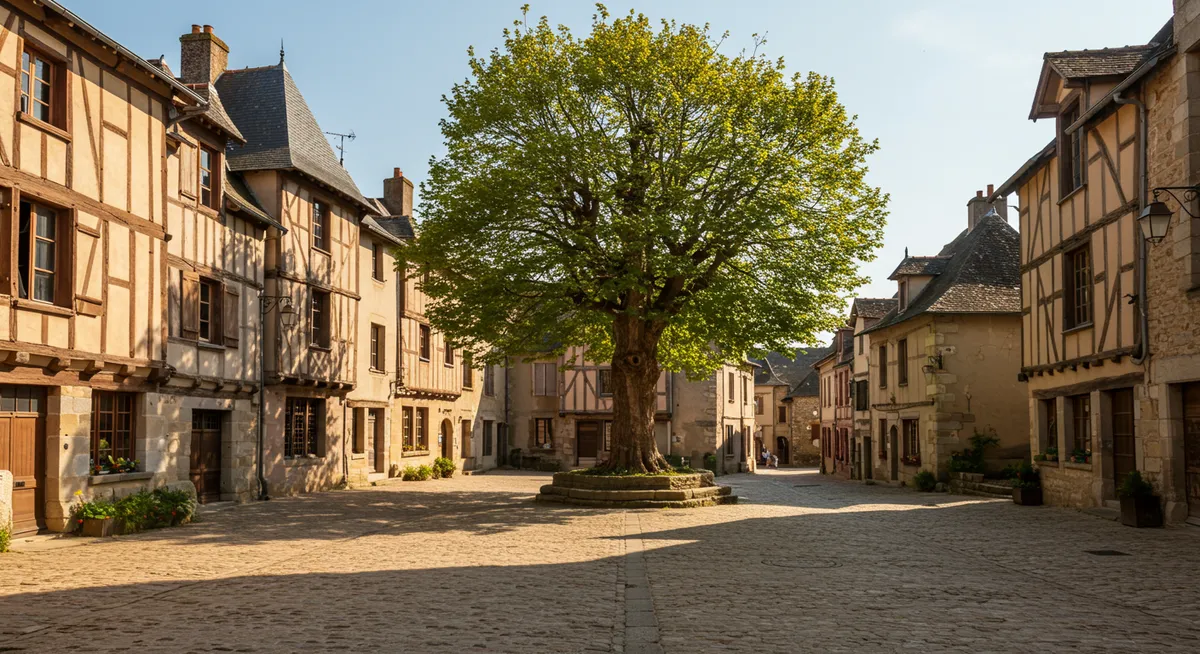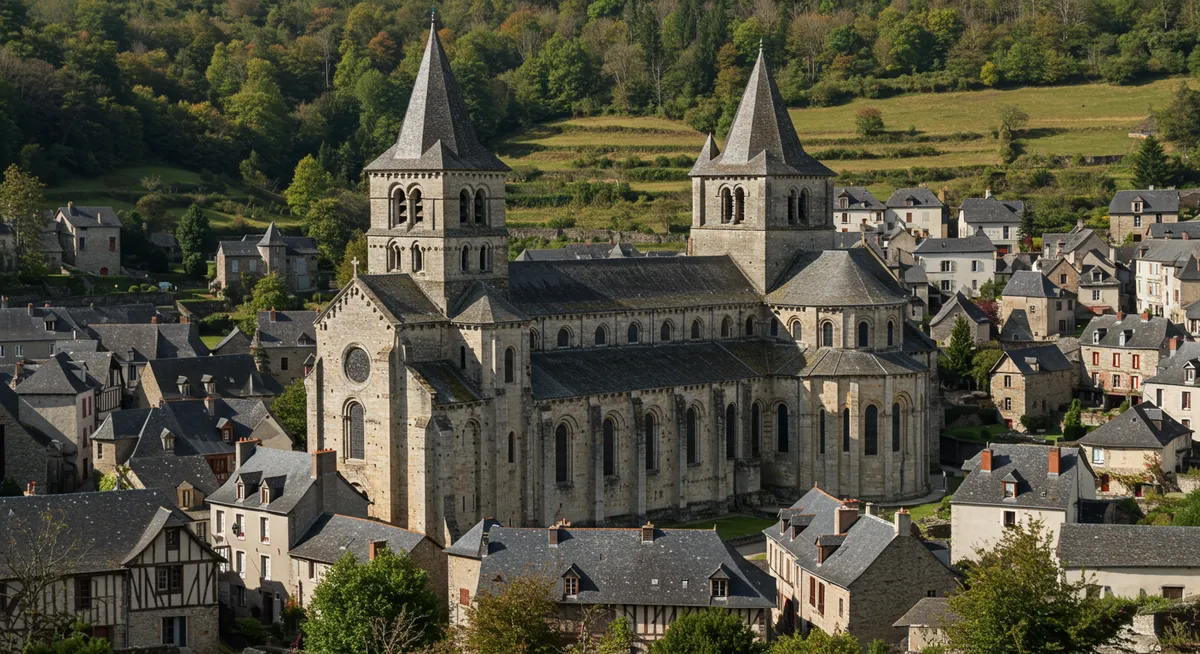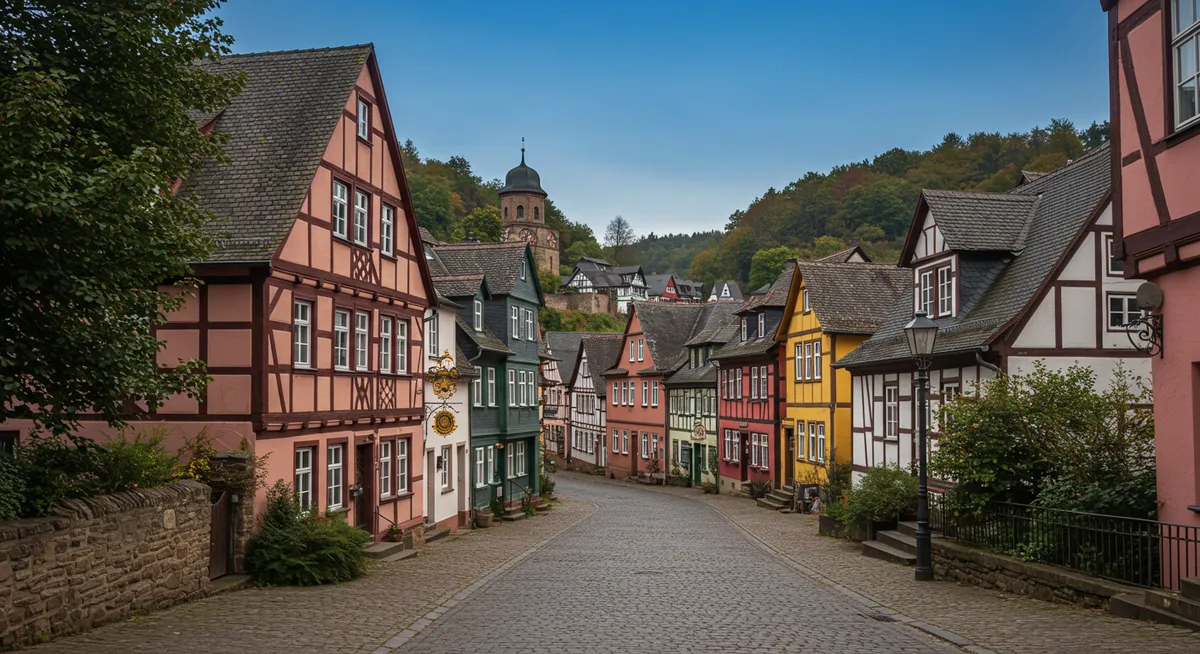10 Best Preserved Medieval Villages in France

10 Best Preserved Medieval Villages in France
France's countryside is dotted with extraordinary medieval villages that transport visitors back in time. While Versailles and the Eiffel Tower might dominate tourist itineraries, these ancient settlements offer a more intimate and authentic connection to French history and culture. From walled bastides to cliff-perched villages, these remarkably preserved communities showcase centuries-old architecture, winding cobblestone streets, and traditions that have persisted through the ages. This guide explores ten of France's most spectacular medieval villages where history feels tantalizingly alive.

1. Pérouges: The Perfect Medieval Time Capsule
Frequently cited as one of France's most perfectly preserved medieval settlements, Pérouges stands as a immaculate example of a fortified medieval town. Located atop a small hill overlooking the Ain River plain about 30 km northeast of Lyon, this former weavers' town has changed remarkably little since the 15th century. Its cobblestone streets, stone houses, and defensive walls create an atmosphere so authentic that filmmakers have frequently used it as a backdrop for historical productions.
What Makes It Special
- Untouched Medieval Character: The entire village retains its medieval appearance with virtually no modern intrusions
- Remarkable Central Square: The Place du Tilleul features a 200-year-old tree and is surrounded by perfectly preserved medieval buildings
- Artisanal Tradition: Once a thriving center for linen weavers, the craft heritage is still celebrated today
- Culinary Specialty: Famous for its "galette de Pérouges," a traditional sweet flatbread dusted with sugar
Historic Significance
Founded in the early medieval period, Pérouges grew wealthy from textile production and trade along routes connecting Lyon to Geneva and Italy. The village's golden age lasted from the 15th to the 17th centuries, when most of its current buildings were constructed. Unlike many medieval settlements, Pérouges escaped significant modernization over the centuries, falling into decline rather than being redeveloped. This economic stagnation paradoxically preserved its medieval character until its rediscovery and restoration in the early 20th century.
What to Experience
Enter through the upper gate with its defensive tower and wander the circular main street that winds through the village. Visit the fortress-church of Sainte-Marie-Madeleine with elements dating from the 12th to 15th centuries. Stop at the Hostellerie du Vieux Pérouges, an atmospheric inn operating in a medieval building where you can sample the famous galette. Explore the craftspeople's workshops housed in ancient buildings, where traditional techniques are still practiced.

2. Conques: Romanesque Treasure in a Pilgrim's Haven
Nestled in a forested gorge in the Aveyron department of southern France, Conques represents one of the most important stops on the medieval pilgrimage route to Santiago de Compostela. This remarkably preserved village centers around the magnificent Abbey Church of Sainte-Foy, a masterpiece of Romanesque architecture that still houses its medieval treasure, including the famous reliquary of Sainte Foy. With its half-timbered houses cascading down the hillside and minimal modern development, Conques offers visitors an authentic journey into medieval religious life.
What Makes It Special
- Romanesque Abbey: The Abbey Church features exceptional tympanum carvings depicting the Last Judgment
- Medieval Treasury: One of France's richest collections of religious artifacts, including the 9th-century golden reliquary of Sainte Foy
- Pilgrimage Heritage: A key stop on the UNESCO-listed Way of St. James pilgrimage route
- Isolated Location: Nestled in a deep valley that has protected it from excessive development
Historic Significance
Conques rose to prominence in the 9th century when monks brought the relics of Saint Faith (Sainte Foy), a martyred young girl, to the abbey. These relics quickly became famous for miraculous healings, making Conques an important pilgrimage destination. Its location on the pilgrimage route to Santiago de Compostela brought wealth and importance, financing the construction of the magnificent abbey church and the acquisition of precious religious artifacts. The village's remote location helped preserve it when larger pilgrimage centers modernized.
What to Experience
Marvel at the Abbey Church's extraordinary sculptural tympanum, considered one of the masterpieces of Romanesque art. View the Treasury's collection, featuring the golden reliquary statue of Sainte Foy adorned with cameos and precious stones from various historical periods. Wander the narrow medieval streets lined with well-preserved stone and half-timbered houses. Stay overnight to experience the illumination of the village after dark and attend vespers with Gregorian chant in the abbey.

3. Eguisheim: Circular Medieval Wonder of Alsace
With its concentric circular streets surrounded by vineyards and overlooked by three castles on a nearby hill, Eguisheim presents one of the most distinctive and charming medieval village layouts in France. Located in Alsace just south of Colmar, this village combines French and Germanic influences in its colorful half-timbered architecture, reflecting the region's complex history. Beyond its architectural appeal, Eguisheim is renowned for its exceptional wines, particularly its Grand Cru Eichberg and Pfersigberg varieties.
What Makes It Special
- Unique Circular Layout: The village is built in concentric circles around the central castle, creating a distinctive urban form
- Colorful Architecture: Vibrant half-timbered houses with flower-bedecked balconies line the narrow streets
- Wine Tradition: Surrounded by some of Alsace's finest vineyards, with many family wineries offering tastings
- Stork Population: Home to many nesting storks, traditional symbols of Alsace, visible on rooftops throughout the village
Historic Significance
Eguisheim's history dates back to the 8th century and is closely linked to Leo IX, who was born in the village castle in 1002 and later became pope. The village developed around this central castle in a series of protective circles, a medieval urban planning concept still perfectly visible today. Throughout its history, Eguisheim changed hands between French and German control multiple times, creating the unique cultural blend evident in its architecture, cuisine, and traditions.
What to Experience
Follow the three concentric circular streets that form the village layout, noticing how each ring has its own architectural character. Visit the central square with its castle, fountain, and church containing remnants from the 11th century. Sample local wines at the numerous family-run wineries, focusing on the region's aromatic white varieties. Hike to the Three Castles of Eguisheim (Drei Exen) on the nearby hill for panoramic views of the village and surrounding vineyards.

4. Rocamadour: Vertical Village of Miracles
Defying gravity on the side of a limestone cliff above the Alzou canyon, Rocamadour presents one of the most dramatic village settings in all of Europe. This ancient pilgrimage site in the Lot department of southwestern France consists of religious buildings halfway up the cliff and a medieval village at its base, all seemingly growing out of the rock face itself. For over a millennium, pilgrims have journeyed to Rocamadour to venerate the Black Madonna and seek miracles, creating a place of extraordinary spiritual and architectural significance.
What Makes It Special
- Dramatic Setting: Buildings appear to cascade down a sheer 120-meter cliff face
- Religious Importance: Home to the venerated Black Madonna statue said to perform miracles
- Medieval Pilgrimage Site: Visited by kings, nobles, and countless pilgrims throughout the centuries
- Vertical Architecture: Seven sanctuaries stacked atop one another, accessed by the Grand Staircase
Historic Significance
Though settlement dates to prehistoric times, Rocamadour gained prominence in the 12th century when the perfectly preserved body of Saint Amadour was discovered. The village quickly became one of Christianity's most important pilgrimage sites, attracting the faithful from across Europe. Legend holds that the Black Madonna statue worked numerous miracles, and pilgrims would climb the 216 steps of the Grand Staircase on their knees as penance. Kings and nobles donated generously to the sanctuaries, creating the remarkable religious complex visible today.
Plan Your Historic French Village Itinerary
While each of these villages deserves individual attention, combining visits allows you to experience the rich diversity of French medieval heritage. Consider these thematic routes:
- Alsace-Burgundy Route: Link Eguisheim and Pérouges with other historic villages in eastern France for a journey through wine country with Germanic influences
- Pilgrim's Path: Connect Conques, Rocamadour, and other religious sites along ancient pilgrimage routes
- Southern Fortress Tour: Explore the defensive heritage of southern France by visiting Carcassonne along with other walled towns and bastides
- Alpine Village Experience: Discover mountain settlements like Yvoire and nearby alpine communities for a taste of high-altitude heritage
Travel Tip: The best time to visit these historic villages is during spring (April-June) or autumn (September-October) when weather is pleasant, crowds are thinner, and many local festivals take place. Most villages can be explored in half a day, but overnight stays allow you to experience their special atmosphere after day visitors depart.
Related Content
If you're interested in France's medieval villages, you might also enjoy these related articles:

Off-the-Beaten-Path Villages in Southern France
Discover enchanting hidden villages in Southern France that offer authentic Provençal experiences, stunning architecture, and breathtaking landscapes away from the tourist crowds.

Historic Mountain Villages in the Italian Alps
Discover Italy's most enchanting Alpine villages, from the medieval stone houses of Chianale to the Swiss-influenced architecture of Soglio and the spectacular setting of San Pietro in Valle.

Germany's Oldest Villages and Timber-Framed Towns
Explore Germany's most perfectly preserved historic villages, from the medieval splendor of Rothenburg ob der Tauber to the timber-framed wonders of Freudenberg and the riverside charm of Bacharach.
Explore More Historic & Hidden Gem Villages
Discover more extraordinary villages across Europe and beyond.